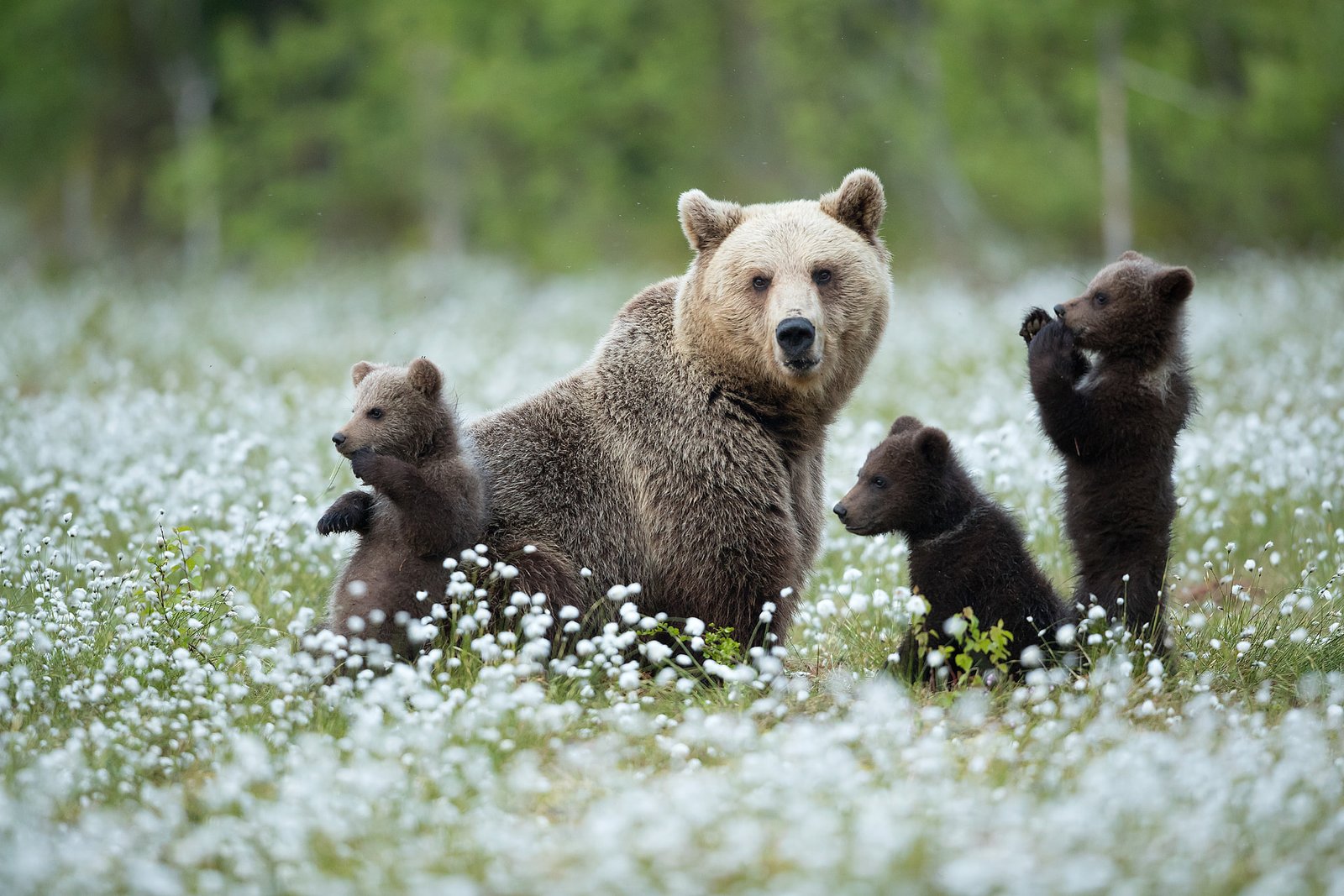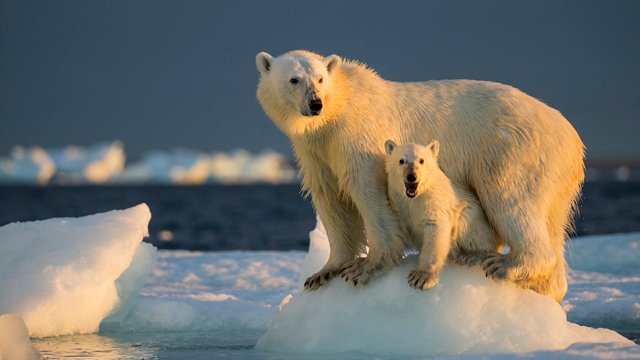bears in scotland have been a topic of heated debate in recent years. Some people believe that the animals should be protected, while others think that they should be hunted. However, there is one thing that everyone can agree on: the future of bears in Scotland is uncertain. In this blog post, we will take an instinctual look into the future of bears in Scotland. We will explore the different ways that the animals could be impacted by changes in the environment, humans, and other bears.
What are bears in scotland?

Bears in Scotland are an endangered species. There are only around 500 bears left in the wild, and their numbers are declining. The Scottish government has been working to protect them, but it is a difficult task. Bears are large, powerful animals, and they are not easy to control. In addition, they have a strong instinct to roam and travel long distances. This makes it hard to keep them from coming into contact with humans and other animals.
The best way to protect bears is to give them enough space to live in and to keep them away from areas where humans live or travel. This can be done by creating bear-proof fencing around areas where they are known to live or travel. It is also important to educate people about bears and how to avoid them.
The history of bears in scotland
Bears have been present in Scotland for over 1,000 years, with the first recorded sighting in the 11th century. In the early days, they were mostly found in the Highlands and Islands, but they gradually spread to other parts of the country. By the 18th century, they were considered a pest and were often shot on sight.
Due to their declining numbers, bears were protected by law in 1908. However, this didn’t stop people from hunting them; by the mid-20th century, there were only around 100 bears left in Scotland. In recent years, there’s been a resurgence in their population, and now there are thought to be around 500 bears in the wild.
Today’s bear population in Scotland
As of 2019, there are an estimated 20,000 bears in Scotland. This number has been increasing since the early 2000s when there were only about 10,000 bears. The increase in population is due to a variety of factors including improvements in habitat conditions and increased food availability.
Bears are found throughout Scotland, with the highest densities in the Cairngorms and Aberdeenshire. However, they can also be found in other parts of the country including the Highlands, Perthshire, and even the Scottish Islands.
The majority of Scots have a positive view of bears and think that they add to the country’s natural beauty. However, there are some concerns about bear populations getting too large and impacting human activities such as forestry and farming.
Overall, the current bear population in Scotland is healthy and growing. With proper management, this trend is expected to continue into the future.
bears in scotland How climate change is affecting

Climate change is causing the ice caps at the poles to melt, and this is having a knock-on effect on the habitats of bears in Scotland. The Scottish National Heritage (SNH) has reported that polar bears are struggling to find food as a result of the loss of sea ice, and are increasingly turning to land-based foods such as berries and seaweed.
This change in diet is having an impact on the health of polar bears, with some individuals losing weight and becoming more susceptible to disease. In addition, the melting of sea ice is making it harder for polar bears to travel between feeding grounds, which could lead to population decline if bear numbers continue to fall.
The effects of climate change on other bear species in Scotland are less well known, but it is likely that they are also feeling the impacts in some way. As temperatures rise and weather patterns change, it is possible that other bear species will find their food sources disappearing or shifting. This could put them at risk of starvation or conflict with other animals competing for the same resources.
What the future holds for bears in scotland
In recent years, the number of bears in Scotland has been on the decline. This is due to a variety of factors, including loss of habitat, climate change, and human encroachment. However, there is still hope for the future of bears in Scotland.
There are several organizations working to protect and conserve bears in Scotland. The Scottish Wildlife Trust is one such organization. They work to promote public awareness of bear conservation and provide funding for research and projects that help protect bear populations.
The Scottish government has also put forth effort to help protect bears. In 2010, they created the Bear Conservation Action Plan. This plan outlines various actions that can be taken to help conserve bears in Scotland. Some of these actions include creating protected areas for bears, reducing human-bear conflicts, and increasing public education about bear conservation.
With the efforts of these organizations and individuals, there is hope for the future of bears in Scotland. With proper management and conservation efforts, bear populations can rebound and thrive in this beautiful country once again.




1 Comment
Thank you for your sharing. I am worried that I lack creative ideas. It is your article that makes me full of hope. Thank you. But, I have a question, can you help me?